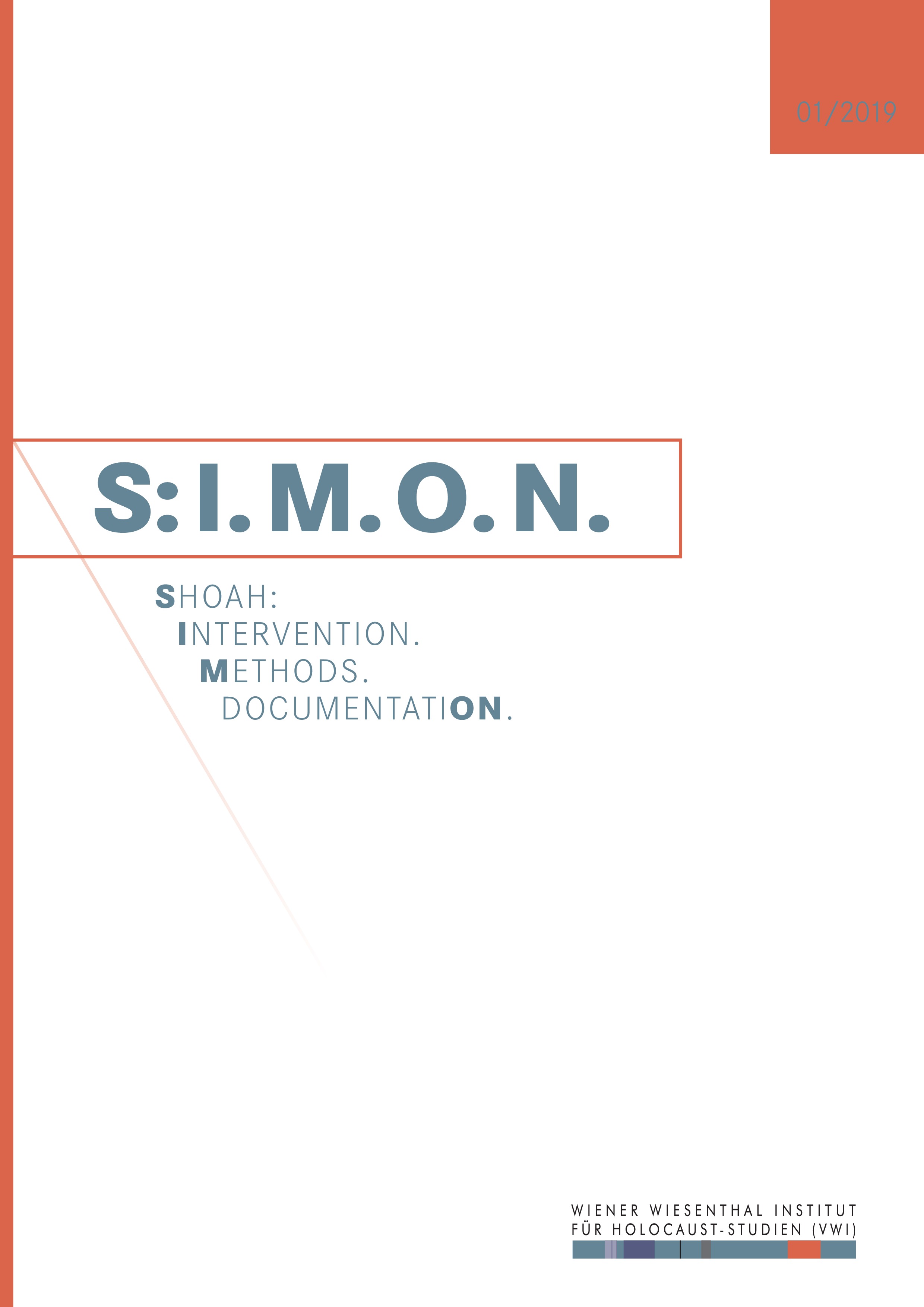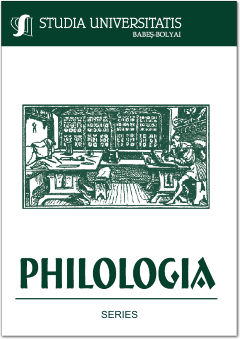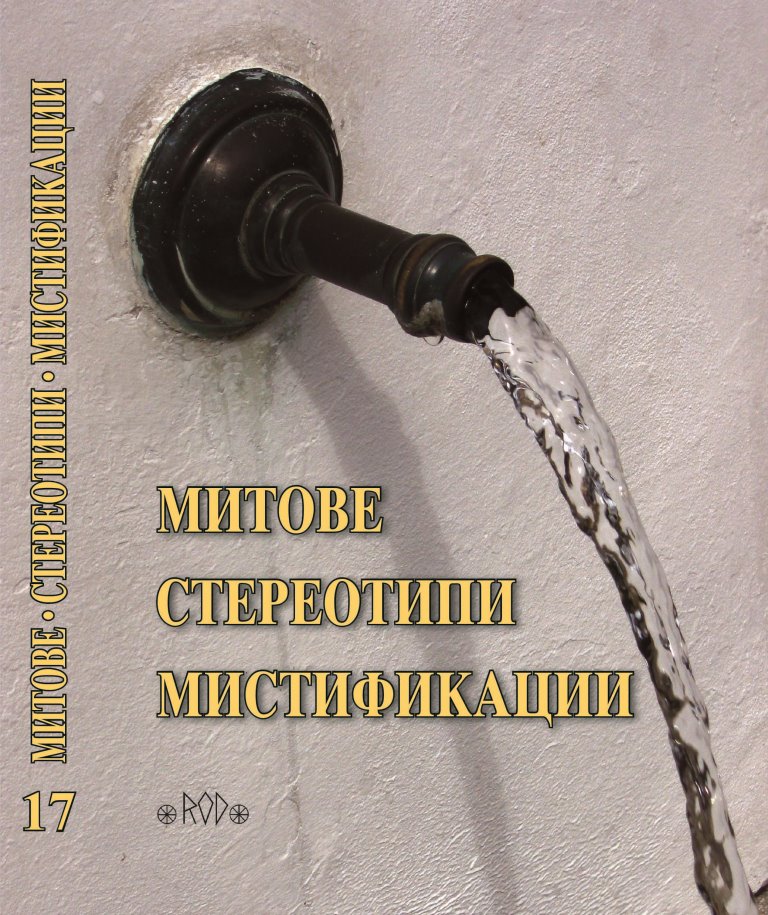
Rezension von Auf den Ruinen der Imperien - Erzählte Grenzräume in der mittel- und osteuropäischen Literatur nach 1989
Dass die Imperien des 19. und 20. Jahrhunderts in den mittel- bzw. osteuropäischen Literaturen und den historischen und literarischen Narrativen über diese Räume ihre Spuren hinterlassen haben, ist in den Kulturwissenschaften bereits gut erforscht, nicht zuletzt haben dazu unterschiedliche Forschungsprojekte an Universitäten in Österreich und Deutschland beigetragen. Der hier vorliegende Band geht diesen Spuren auf intertextueller, politischer, kultureller und sprachlicher Ebene nach.
More...

